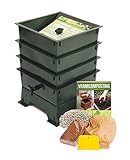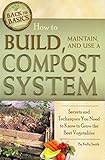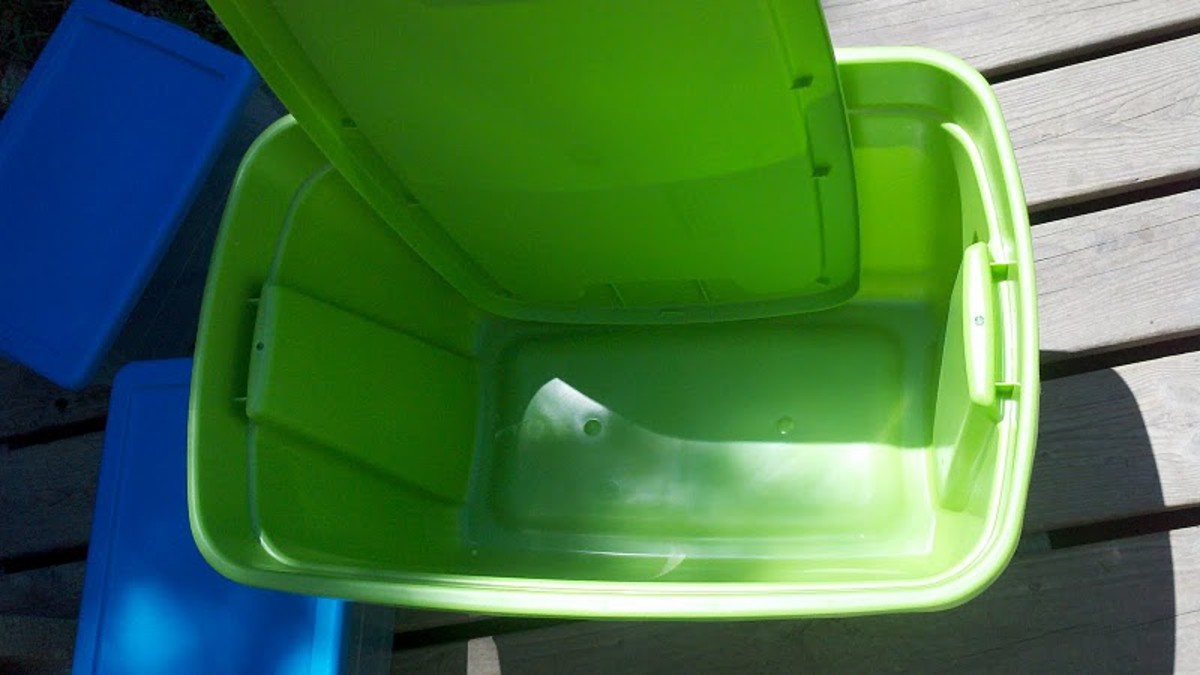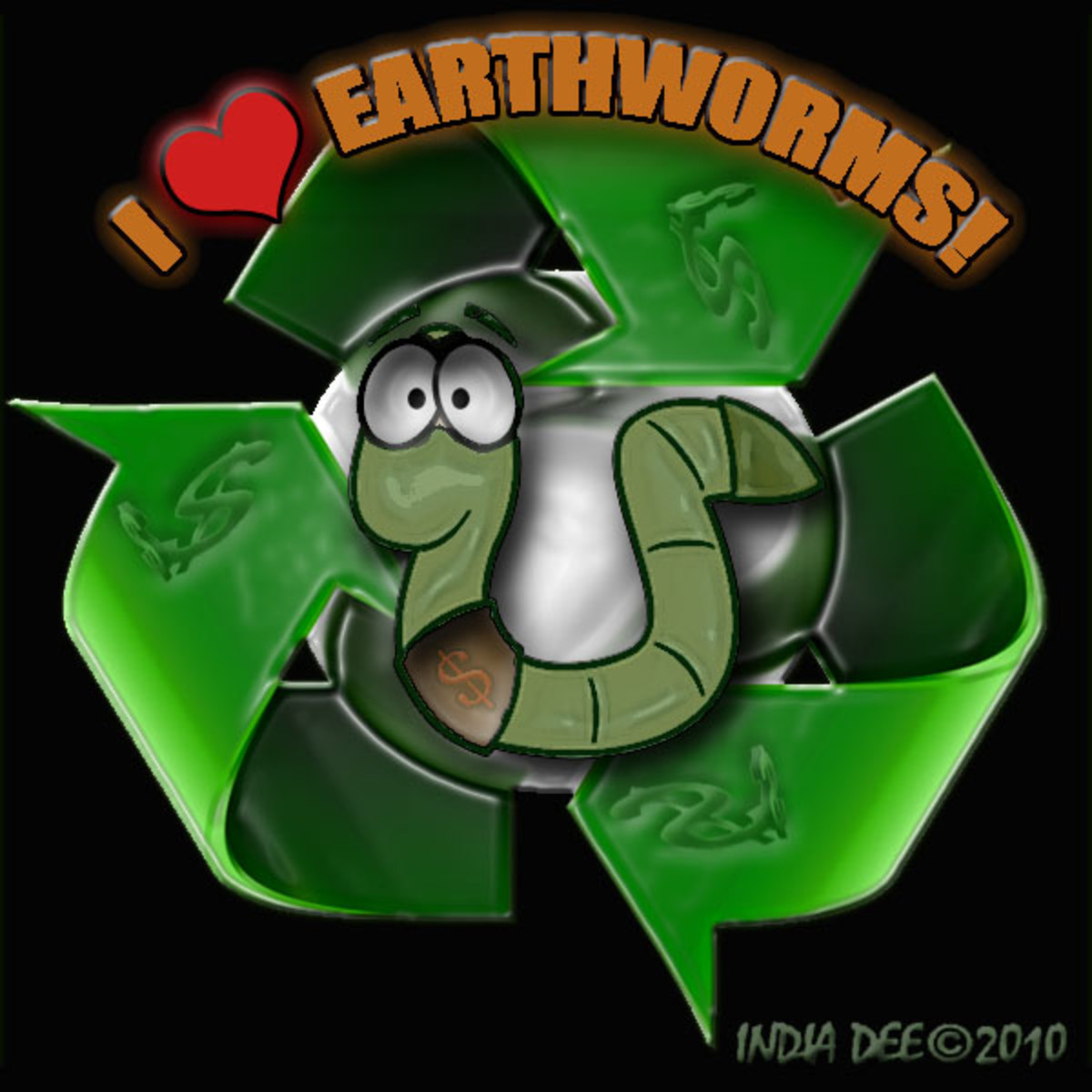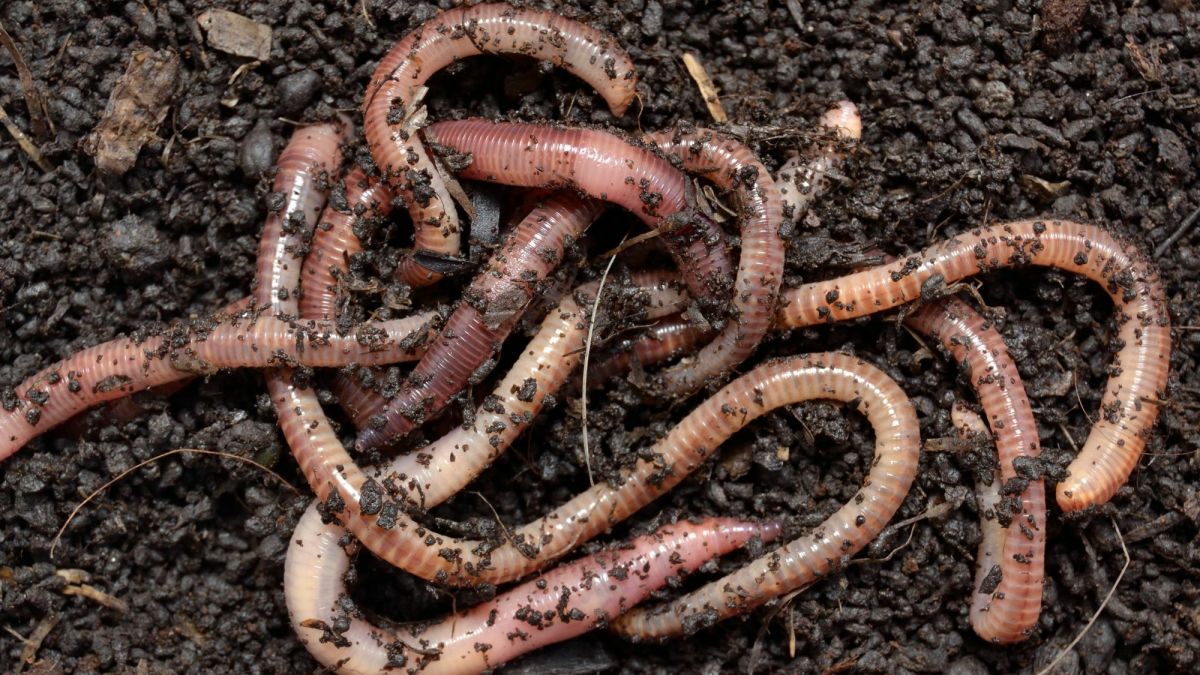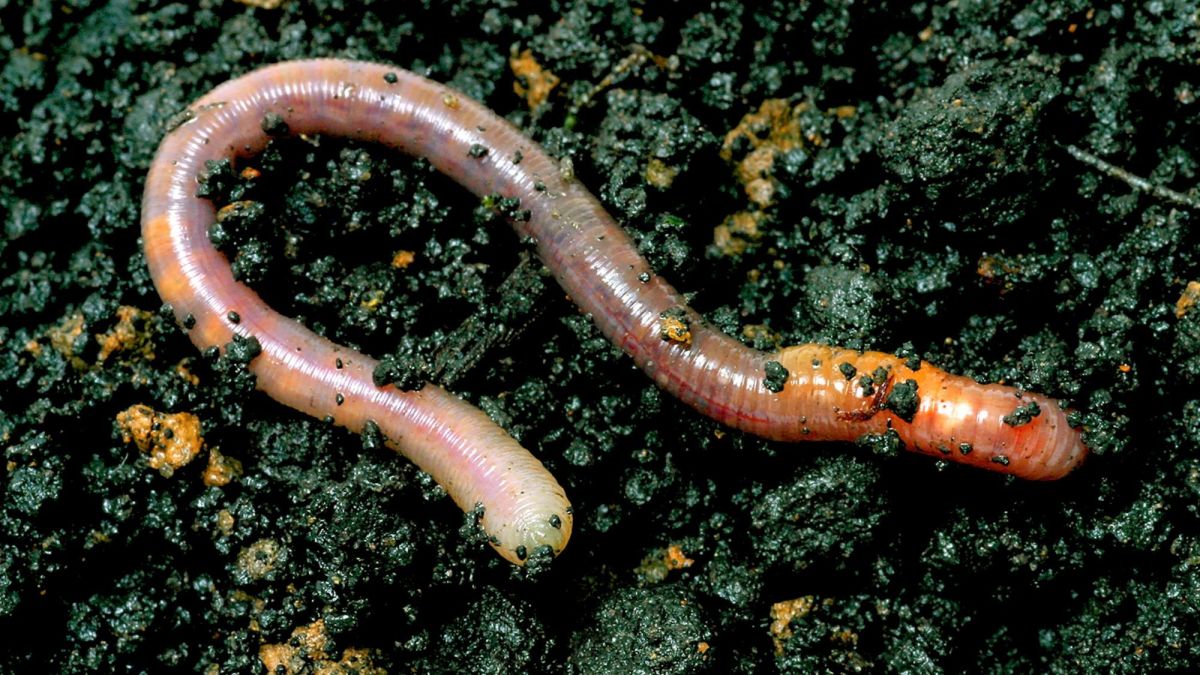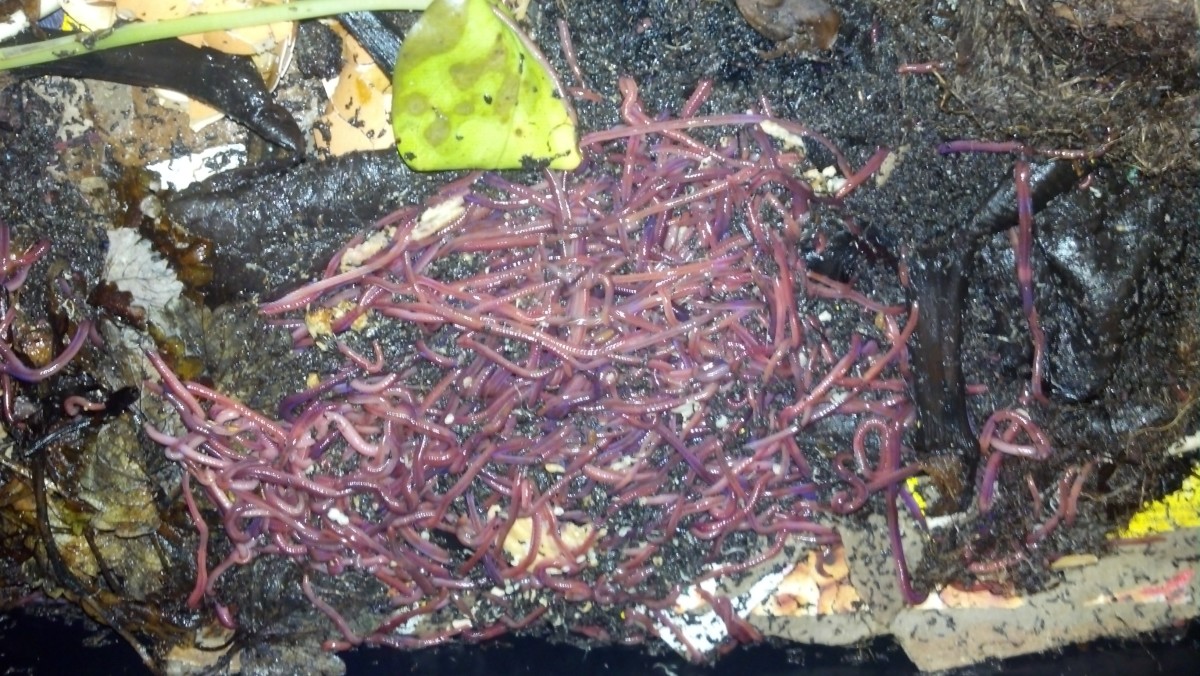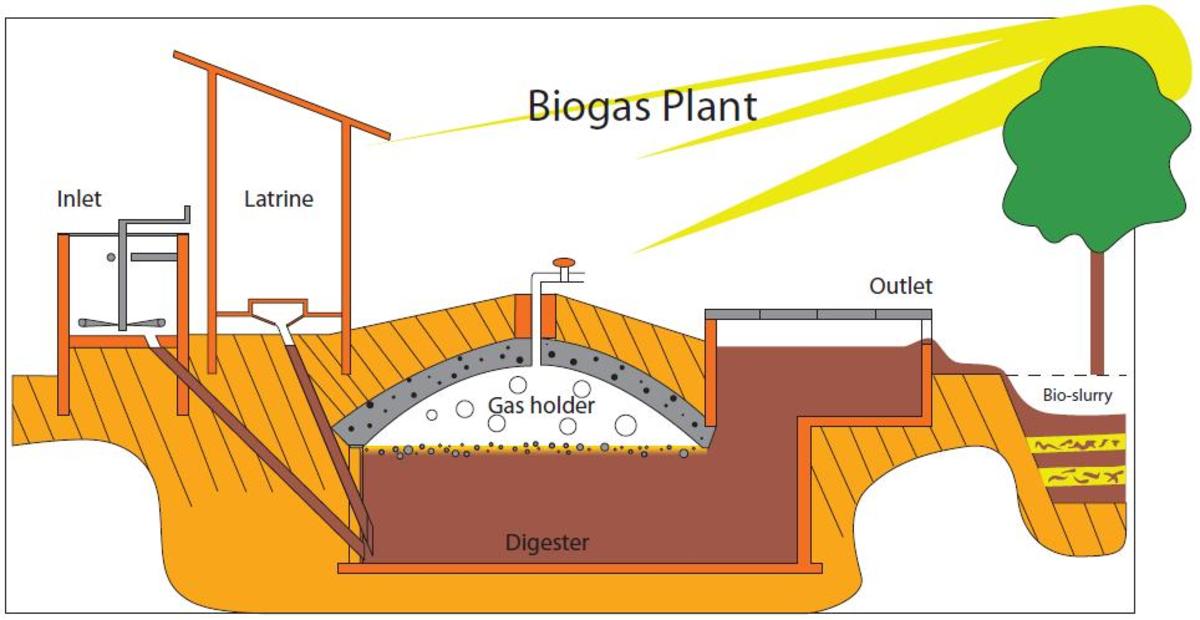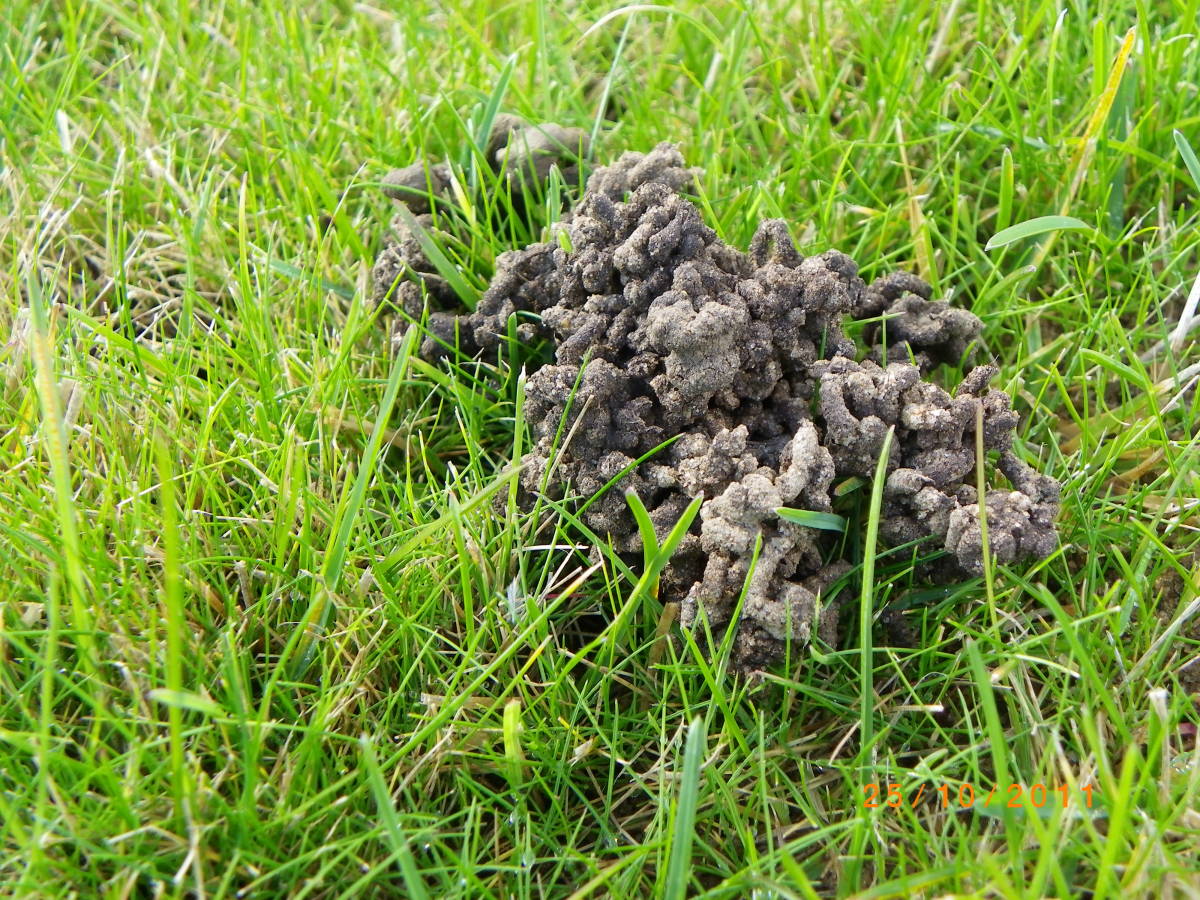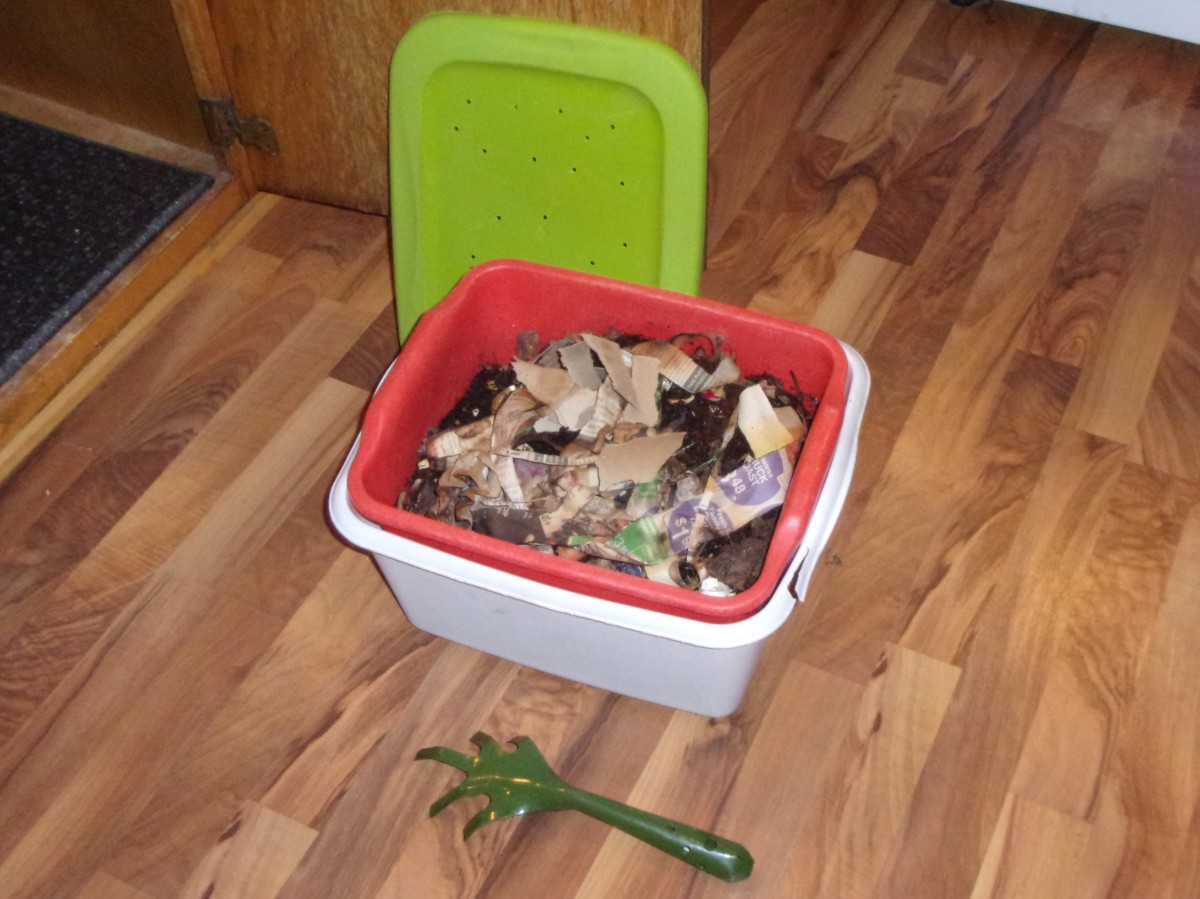- HubPages»
- Home and Garden»
- Gardening»
- Fertilizers & Compost
Worm containers

Should your purpose be to have your home food waste radically reduced then a box is what you need. The box needs to be sized to accommodate a sufficient poundage of worms to allow them to consume the food waste you put in the box each day. E. foetida is an excellent choice for this purpose as this worm loves to be right in the middle of high food concentrations and is, if there is suffecient food, water, air, an acceptable bedding material and proper temperatures, happy as a little pet pig in a box type environment.
You can make your own box or bin for the worms. Wooden construction is often recomended by the 'ole timers because the wood 'breathes', is fairly cheap and eventually will return to the earth (recyclable). While most folks don't have a plastics factory or a sheetmetal forming shop, most do have a few of the common wood working tools. A hammer, saw, measuring device and a square are about all you need to construct a nice worm bin. Now, at this point, I would like to let you know that in my opinion, it is cheaper, safer, and simpler to just buy what you need in bins and such. The 'pro's' have spent countless hours getting the kinks worked out of them and have taken into consideration many factors which you will probably learn the hard way if you make your own.
That said, if you must build your own, then here are a few points which will help you avoid problems down the line:
1) Drainage is a must. The box or bin must have adequate drainage to avoid the development of anaerobic conditions (nasty smells and dead worms). It is better to have too much drainage built in than to have too little. Household food waste is mostly water, if I had to venture a guess it would be, at least 80% water! You must make allowances for that liquid to be drained off from the bin. The liquid drainage from worm bins is great for plants so don't toss it or flush it. Instead, put it on the lawn or feed it to your house plants in a diluted form.
2) The size of the bin or box must be compatible with your ability to move it when it is filled with damp bedding, castings and worms. The bedding you put in for the worms will eventually be consumed by them and they will need to be seperated from the finished vermicompost/castings. New bedding will need to be placed in the container and the worms placed back in to continue their work. There are ways to do all that which do not involve lifting the box but, trust me on this one, you may want to move it occasionally anyway.
3) There must be sufficient surface area in the box (above the bedding) to allow the placement of the food waste in different locations with each feeding. Placing the food waste in different areas allows the munching worms to move away from areas which for whatever reason are not to their liking. Additionally, if they do not finish completely the scraps fed the day before, you will not be digging up old food waste and disturbing the workers.
4) Although proponents of the 'make your own box' senario seldom mention it, you will want to have a lid for the box. The lid should be tight fitting to keep out unwanted pests and to make moisture control more predictable. The use of damp burlap or old carpet scraps to cover the bedding surface is fine if your bin is out of doors however, inside they do not provide adequate bug proofing.
5) Ventalation for the worm box can be accomplished by drilling lots of holes in both the bottom and top. To keep pests under control, the holes should have a fine screen over them. The ventalation holes can also help in moisture control through evaporation.
6) Depth enough for adequate amounts of bedding for the worms is a must. The 'right' amount of bedding depends on how many worms you are housing and how big the box is. A box which is to be used indoors should have enough depth (and surface area) to allow you to bury the food waste below the surface of the bedding a few inches while still giving the worms plenty of room to move around in. Some folks council that one should not bury the food waste as it could become anaerobic and cause problems of acidity in the bedding. While it is true that if the worms are too few in number to finish the scraps they get each day, the scraps may do some rotting, it is also true that if they rot on top of the bedding, they draw pests and the odor of the decay could become a problem. The key to food placement is, don't over feed your worms. Let them finish their latest meal before giving them more and if you consistantly find that your worms are too slow in consuming the food waste, then it could be that you need more of the little critters to do the job. The worms *can* eat their weight in food waste each day but, half their weight is more likely. More worms may mean a bigger box and more bedding to get the job done. If you know your families average food waste weight per week then you know how many worms you will need. Keep in mind that they spend a certain amount of time munching their bedding... and that the smaller the pieces that go into the box, the quicker the worms will be able to eat them. One other thing on that, worms multiply rapidly and populations will expand to meet the available food and space. Once those limits are reached, the population in the box will stabilize.
8) Place the container in a cool location like on the floor of a broom closet, under your sink or out in the garage. Don't allow it to get much below 50 degrees f. or to get heated above 90 degrees f.. The floor is much cooler than higher up in the room so higher for warmer and lower for cooler.
Plastic containers are just fine and work well as long as the above conditions are met. I use plastic bins for my 'house worms' and have had no problems. If you make your own from plastic tubs, ventilation and drainage are slightly more difficult to manage as the plastic does not breath but, it also does not rot or become waterlogged. Again, I really strongly suggest that it is better in the long run to buy a professionally designed one and so avoid a host of potential hard knocks.

